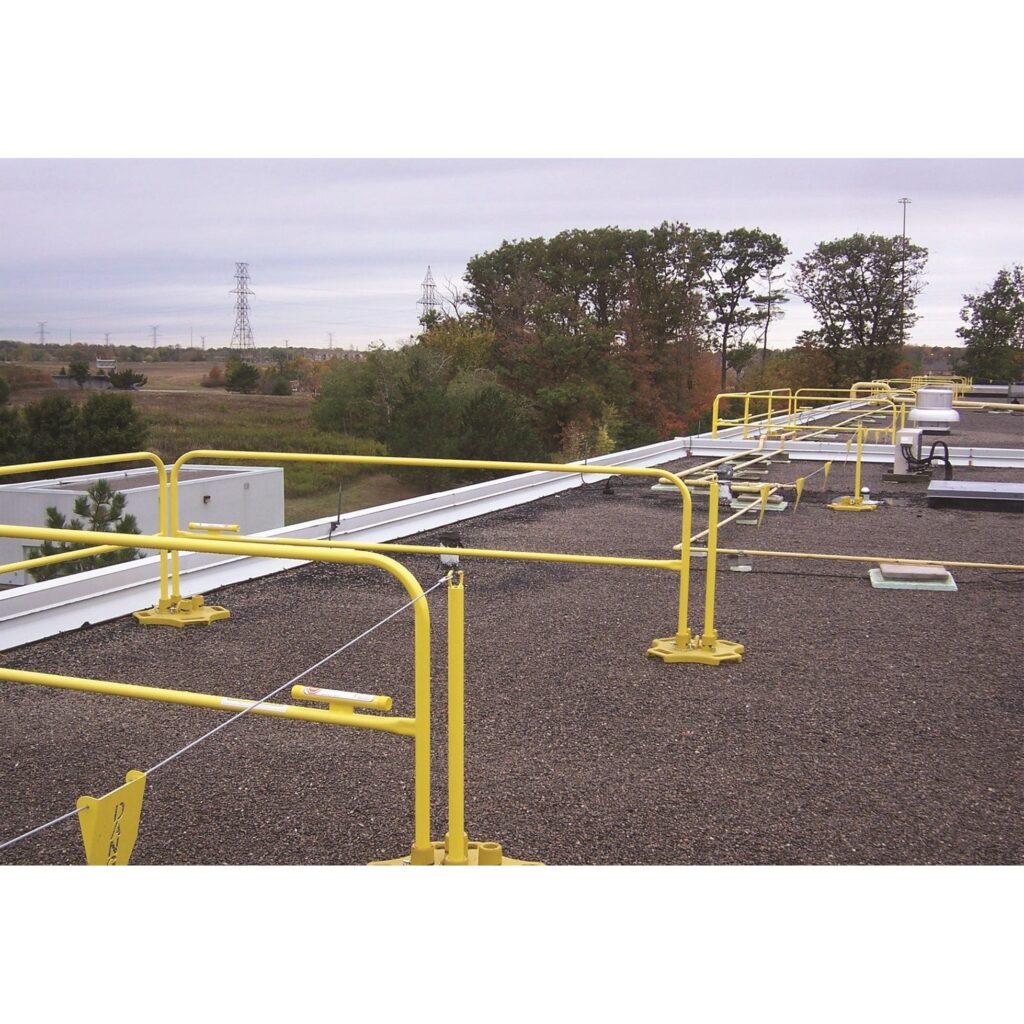Your roof is one of the most important components of your home, protecting it from the elements and ensuring the safety of everyone inside. Over time, however, your roof can experience wear and tear, which can lead to significant damage if not addressed promptly. Knowing how to identify early warning signs of roof damage can save you from expensive repairs and potential structural issues. One of the most obvious signs that your roof may be in trouble is visible damage such as missing, cracked, or curling shingles. Shingles that are out of place or damaged often result from age, wind, or extreme weather conditions. This damage can allow water to seep under the shingles, leading to leaks inside your home. Another sign to watch for is water stains or discoloration on your ceilings or walls. If you notice any brown or yellow patches on your interior walls, it is a clear indication that your roof may be leaking.

If you see water stains or experience dampness inside, it is time to inspect your roof for potential leaks or damage. A sagging roof is also a major warning sign. If your roof appears to be sagging in the middle or near the edges, important source on daysofadomesticdad.com this indicates that there could be structural problems, often due to water damage or the buildup of moisture in the attic. A sagging roof can lead to much more severe damage if not addressed quickly, potentially causing the entire roof to collapse. This is often caused by water pooling in certain areas of the roof, weakening the material and its support structure. Another issue to look out for is the presence of granules in your gutters. As asphalt shingles age, they start to lose granules, which can wash off and collect in the gutters. These granules help protect your shingles from UV rays and provide a layer of protection against the elements.
In addition to physical damage, it is important to consider the age of your roof. Most roofs have a lifespan of 20 to 30 years, depending on the material. If your roof is approaching this age and you notice other warning signs, it may be time to start planning for a replacement. Roofs made of certain materials, such as asphalt shingles, may show signs of age through curling, cracking, or discoloration. Even if there is no visible damage, an older roof is more susceptible to failure and may need to be replaced to avoid costly repairs in the future. Lastly, keep an eye on the roof’s ventilation. Poor ventilation can lead to a buildup of heat and moisture in the attic, which can cause the roof to deteriorate more quickly. If your attic feels excessively hot or humid, it could be a sign that your roof is not properly ventilated, and this can lead to problems such as mold, rot, or ice dams during winter.


